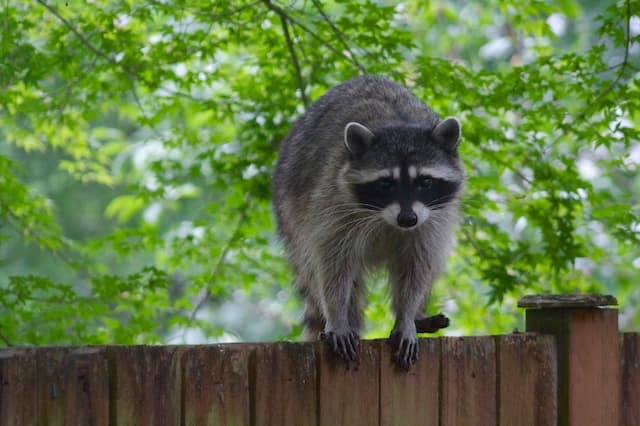If you live in the country, you’ll probably see wildlife, including raccoons, on a regular basis. But the increase in populations in recent decades has seen people encroaching more and more on the raccoons’ natural habitat. Consequently, raccoons are now seen regularly in urban areas, and recent studies have shown that city raccoon numbers are on the rise and to tackle this problem the best way is to hire a pest control service in Hamilton.
So, what are the differences between city raccoons and their wild cousins?
City raccoon behaviour
Raccoons are masters at adapting to a variety of environments and climatic conditions. That’s what makes these critters so successful and enables them to live in many of the major cities in Canada, including Hamilton.
Young raccoons stay with their mother for a year or so. Throughout that time, the juveniles learn how to forage and survive. City-dwelling raccoons are taught how to cross streets and avoid traffic, even learning how to avoid major highways and busy streets.
Unlike their wild cousins, who often travel miles in search of the resources they need to survive, these masked city slickers live in relatively small territories so that they don’t need to travel far to find water, food, and shelter. Dextrous and intelligent creatures, raccoons use their acute sense of smell and nimble fingers to raid garbage cans and even get inside people’s homes in search of food.
Although wild raccoons are pretty much nocturnal creatures, urban raccoons are often seen out and about in daylight, seemingly unafraid of human activity and traffic.
What are the main differences between city and wild raccoons?
So, the city raccoon has quickly evolved to enable the animals to survive and thrive in an urban setting. Studies have shown that city raccoons are much more resourceful and quicker thinkers than their wild counterparts, which are a tad clumsy and slow in comparison.
Raccoons that live in the city generally live longer, too, mainly because they are not trapped or hunted, there are very few predators, and there is an abundance of human food to be scavenged. Also, chimneys, sheds, and unsecured attics provide plenty of scope for safe, warm dens during the raccoon’s breeding season, leading to better survival rates for litters of kits.
Interestingly, city raccoons tend to be more aggressive than wild ones, and they often cause a lot more damage to human properties too. It’s thought likely that, because they see humans on a daily basis, city raccoons have lost much of their natural wariness, viewing people as providers rather than competitors.
That’s a worrying development, and there have been reports of people and their pets being attacked by raccoons, which have been tested positive for a rabies-like virus that also affects humans.
In conclusion
As cities spread, human populations expand, and urbanization begins to encroach on the raccoons’ natural habitat, these resourceful creatures are readily taking advantage of the resources that are offered by their new human neighbours.
In fact, according to specialist wildlife removal firms in Ontario, they are receiving more and more calls to deal with nuisance raccoons in urban settings. As cities continue to grow, that seems likely to be a continuing trend for the future too.

